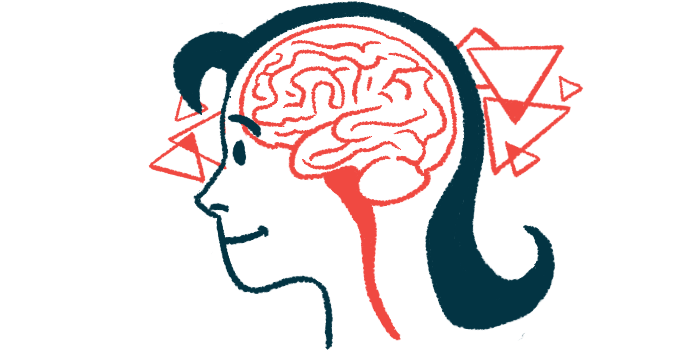Study Identifies Altered Brain Connectivity in Angelman Syndrome
Interconnectivity among brain cells was reduced in people with the disorder

People with Angelman syndrome have altered networks of brain connectivity, which may play a role in developing the behavioral abnormalities that mark the condition, according to a new study.
The study, “Disrupted Topological Organization of White Matter Network in Angelman Syndrome,” was published in the Journal of Magnetic Resonance Imaging.
Angelman syndrome commonly causes seizures and abnormalities with behavior and communication. The disorder is caused by mutations that affect the gene UBE3A, which is thought to lead to atypical brain development.
The specific changes in brain architecture that occur in Angelman syndrome and how these differences are related to manifestations of the condition, are not completely understood.
A research team led by scientists at Fudan University, China analyzed MRI brain scans for 29 people with Angelman syndrome as well as 19 people without the disorder. In both groups, the average age was about 7, and slightly more than half of the patients were female.
Brain tissue can broadly be divided into two types: gray matter, which contains the bodies of nerve cells, and white matter, which contains the long, wire-like projections called axons that nerve cells use to form connections with each other. The researchers’ analysis specifically focused on white matter and assessed how connections between brain regions are altered in people with Angelman syndrome.
Results showed Angelman patients had significantly lower global efficiency compared to people without the disorder. In other words, the total amount of interconnectivity among brain cells was reduced in people with Angelman syndrome.
A measure called the small world coefficient (SWC) was significantly higher in Angelman brains, which also reflected less connectivity overall.
Nerve cells in the brain are usually organized into nodes or hubs — bundles of nerves that help coordinate activity among disparate parts of the brain. The connectivity in several specific hub regions was impaired in Angelman brains, analyses showed.
Two of these regions, the putamen and the posterior cingulate gyrus, have been previously implicated in developing cognitive, language, and behavioral abnormalities, the researchers noted.
“Thus, the loss of connectivity of these two hub regions might associate with the abnormal clinical behaviors of [Angelman] patients,” they wrote.
The researchers said their study was limited by a lack of behavioral data, making it difficult to draw any clear connections between alterations in connectivity and behavior changes in patients. Other noted limitations included the small study size and the reliance on MRI data.







